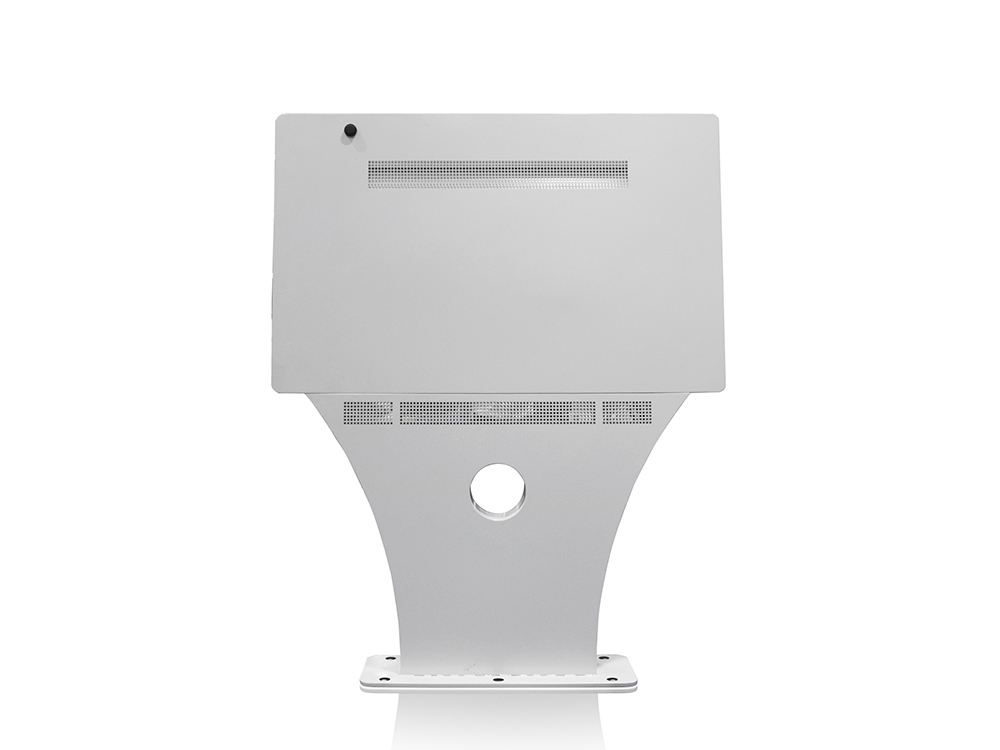What Are the Key Features of Modern Indoor Digital Signage
What Are the Key Features of Modern Indoor Digital Signage.In the contemporary landscape of visual communication, indoor digital signage has emerged as a versatile and dynamic tool, revolutionizing the way businesses interact with their customers. These digital displays, often seen in shopping malls, offices, hospitals, and other public spaces, offer a range of benefits that traditional signage cannot match. Let's explore the key features that define modern indoor digital signage and how they are shaping the future of indoor communication.

Dynamic Content Display
One of the most significant features of indoor digital signage is its ability to display dynamic content. Unlike static signs that remain unchanged for extended periods, digital signs can be updated instantly, allowing businesses to showcase timely information, promotional offers, or even real-time data. This flexibility ensures that the content remains fresh and engaging, capturing the attention of passersby more effectively.
High-Resolution Displays
Modern digital signage boasts high-resolution displays that bring out the best in visual content. Whether it's a vibrant image, a crisp video, or even text-based information, these displays offer exceptional clarity and color reproduction. This not only enhances the aesthetic appeal of the signage but also ensures that the message is conveyed clearly and professionally.
Interactivity
Interactivity is another hallmark of indoor digital signage. Many digital displays now incorporate touch screens or other interactive elements, allowing users to engage directly with the content. This could involve anything from navigating through a menu to accessing additional information or even participating in interactive surveys or games. Such interactivity not only enhances the user experience but also provides businesses with valuable data on customer preferences and behaviors.
Customization and Personalization
Digital signage systems offer a high degree of customization, allowing businesses to tailor their displays to suit specific needs and goals. Whether it's the size and shape of the display, the type of content being shown, or even the scheduling of when certain content appears, digital signage provides unparalleled flexibility. Furthermore, with the integration of data analytics, businesses can now personalize their messages based on factors like customer demographics or buying histories, making the communication even more relevant and impactful.
Integration with Other Technologies
Modern indoor digital signage doesn't just stand alone; it often integrates with other technologies to create a seamless and immersive experience. For instance, digital signs can be connected to social media platforms, allowing businesses to display live feeds, hashtags, or even user-generated content. Additionally, they can integrate with mobile devices, enabling features like beacon technology that sends personalized notifications to nearby smartphones.
Easy Content Management
The effectiveness of digital signage largely depends on the ability to manage and update content easily. Modern systems often come with intuitive content management software that simplifies the process of creating, scheduling, and deploying content. This not only reduces the need for specialized technical skills but also ensures that the signage remains up-to-date and relevant.
Energy Efficiency
As businesses become more conscious of their environmental impact, energy efficiency has become a key consideration in choosing indoor digital signage. Modern displays are designed to consume less power, often featuring energy-saving modes and automatic brightness adjustments. This not only helps to reduce operating costs but also contributes to a more sustainable and eco-friendly business practice.
Durability and Reliability
Indoor digital signage is designed to withstand the rigors of continuous use, offering long-term durability and reliability. These displays are typically made from robust materials that can resist damage from accidental bumps or scratches. Furthermore, they often feature advanced cooling systems to prevent overheating, ensuring optimal performance even in demanding environments.
In conclusion, modern indoor digital signage offers a range of features that are transforming the way businesses communicate with their customers. From dynamic content display and high-resolution visuals to interactivity and personalization, these digital displays provide unparalleled flexibility and impact. As technology continues to evolve, we can expect even more innovations in this exciting field, further enhancing the role of digital signage in shaping the future of indoor communication.
Application scenarios of digital signage








